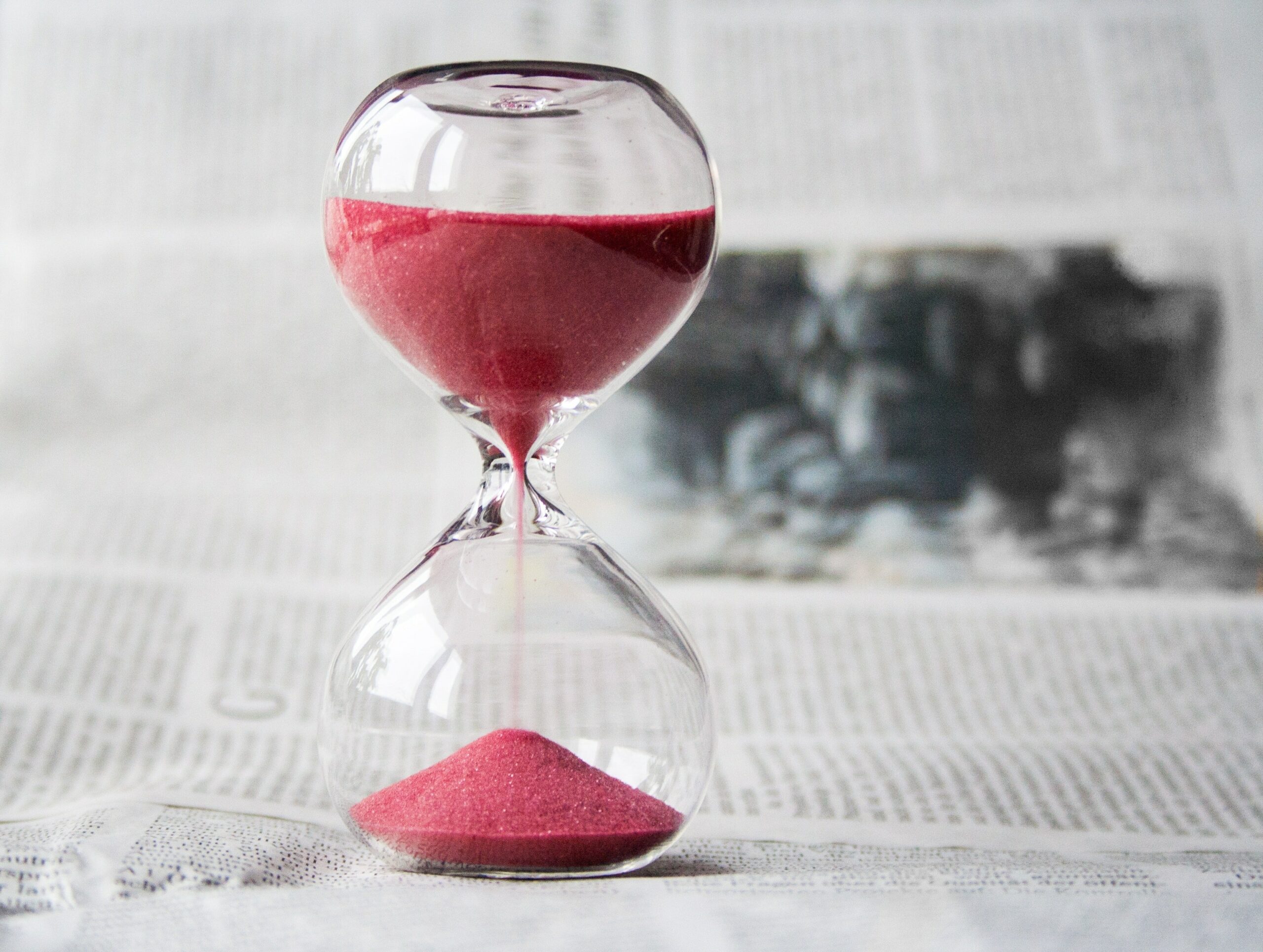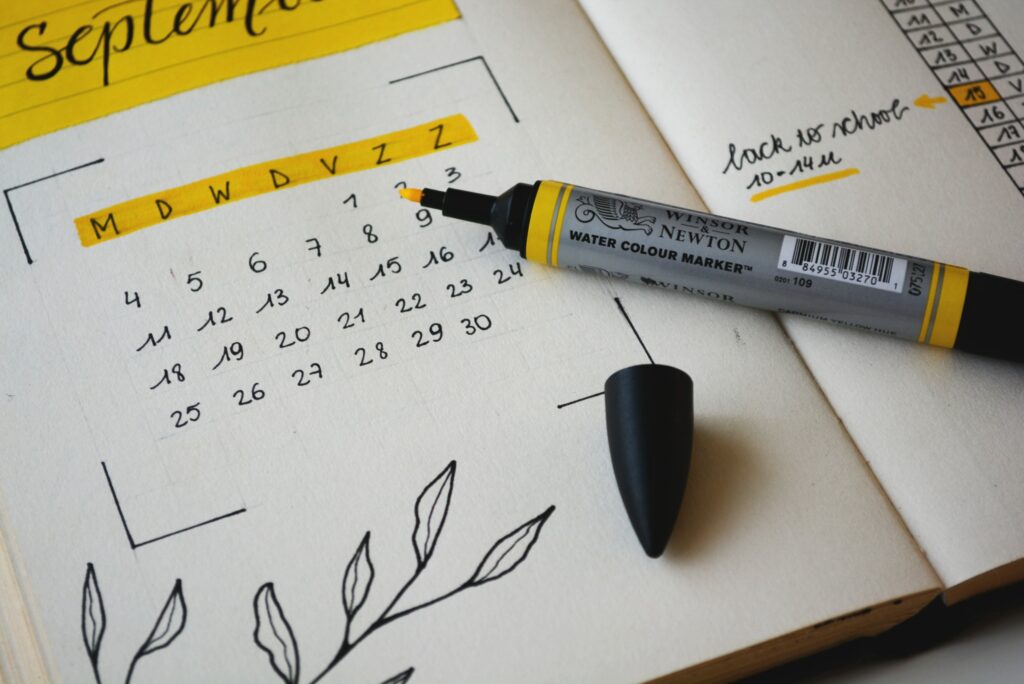
Many factors can ultimately determine whether you receive media attention, ranging from relationships you may have with specific journalists to editorial schedules and the press release distribution service you use.

Experimenting with Media Pitch Timing
There’s really no harm in experimenting with your media pitch’s timing.
Depending on the topic of your news story, this can also determine when you release it into the world of journalism. For example:
- An Event Press Release – Submit 3 weeks in advance.
- A New Product Press Release – Submit 1 to 2 weeks before the product hits the market.
- Partnerships Press Release – Submit as soon as a deal is official.
- An Award Press Release – Submit ASAP

- A Rebranding Press Release – Submit 1 to 2 weeks before launch or relaunch.
- A Book Launch Press Release – Submit 2 to 4 weeks in advance.
- A Grand Opening Press Release – Submit 3 weeks in advance.
Tailoring Your Timing to You
Of course, your topic may not fall under these categories, however this is a useful timeline to use and can be related to your specific niche/storyline.
The optimum time of day to submit a press release can vary greatly depending on publication, location, and specific journalist. We often advise sending a press release pitch between the contact’s local hours of 10 a.m. and 2 p.m., or earlier.

According to statistics, response rates drop dramatically after lunch, and pitching in the late afternoon or nighttime is not recommended. It helps to put yourself in the shoes of a journalist and consider when they would be opening their emails; we know some people work as night owls – but not the majority!
Weekends and holidays are also not suggested for obvious reasons—most journalists are not reading emails during those times. Many organisations transition into weekend mode on Fridays, so there’s less interest in the hundredth proposal received that week.

The Conclusion: Strategic Timing for Press Release Distribution
So, what can we conclude? Yes, there are exceptions; for example, if you have a tight turnaround or a breaking news story, these will generally take precedence over scheduling guidelines. However, once you’ve decided on the type of journalists you want to reach and the type of media you want to target, we recommend sending out your press release as early as possible on the chosen day, ideally before 3pm avoiding evening times.
The good news is, PR Fire has got your back with our nifty scheduling function! With this feature, you can effortlessly submit your press release and set it to go live on any date and time you desire.
Log in now, and schedule your press release with ease today.
